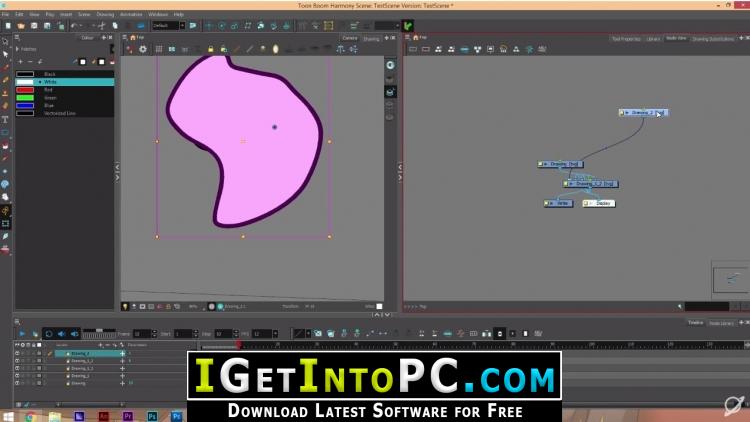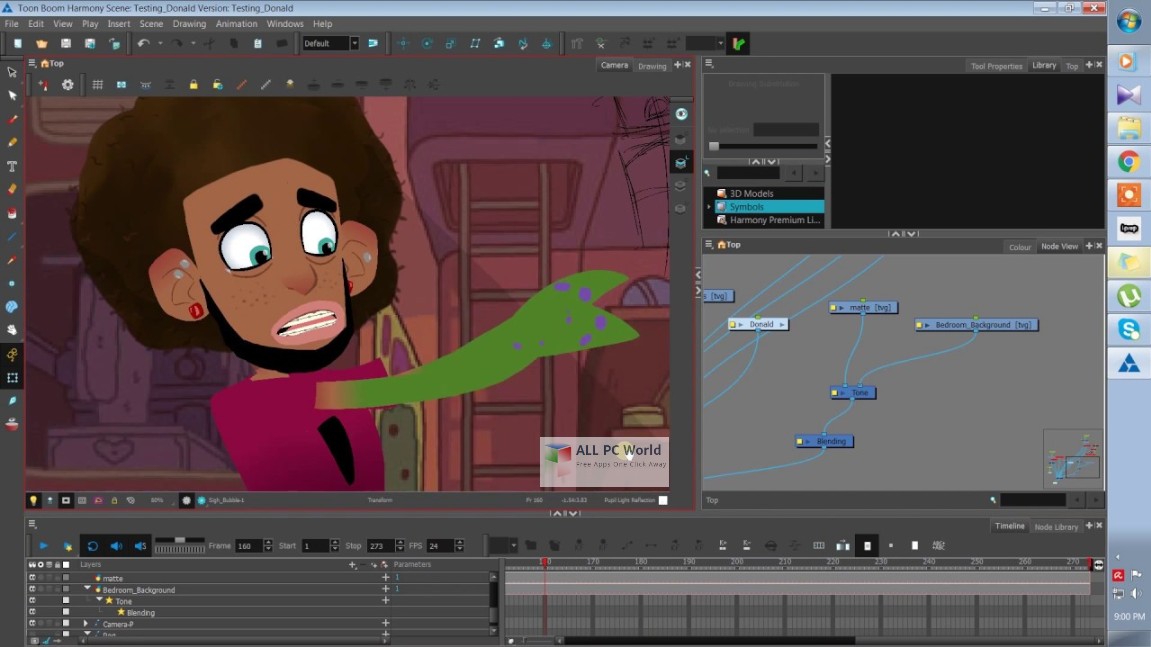

This makes them easy to edit and paint, and allows us to resize them without affecting the image quality. Vector images are primarily composed of information about the different shapes composing the images, as well as their line and fill colours.

xml file, and import them on a different workstation, allowing you to share your brush tips between the different people collaborating on your project.By default, Harmony works with vector images created within its own interface. You can also export your brush tips into an. Like paper textures and brush presets, paper textures are saved in your preferences.

It is recommended to create brush tips in a resolution ranging from 100 x 100 pixels to 400 x 400 pixels.īrush tips are shared between the brush tool and the eraser tool. You can import brush tips in any image format supported by Harmony. Its black parts will appear 100% opaque, its white parts will appear 100% transparent, and its grey parts will appear semitransparent. Your brush tip should also not contain transparency, as Harmony determines the brush tip's transparency based on its black, white and grey levels. Colors in brush tips are not acknowledged by Harmony, as brush tips only use the colour you are painting with in Harmony. To make your own brush tip, you must first create an image file containing the brush tip, either in Harmony or in a third party software, like Adobe Photoshop, then import it into Harmony.

In the Brush or Eraser Properties dialog, you will find a set of default brush tips which are bundled with Harmony, but you can also create your own brush tips, then export your collection or import an existing set.


 0 kommentar(er)
0 kommentar(er)
